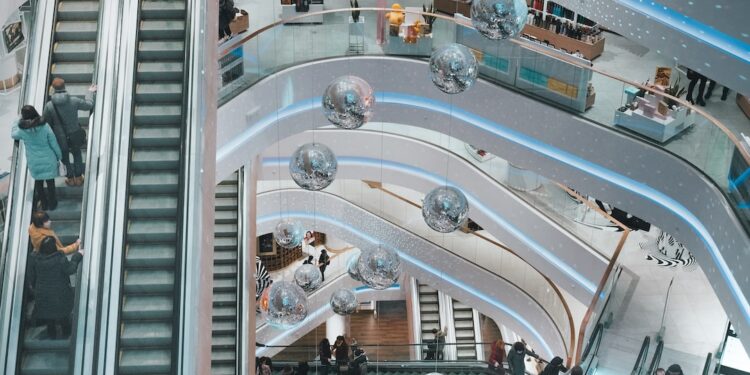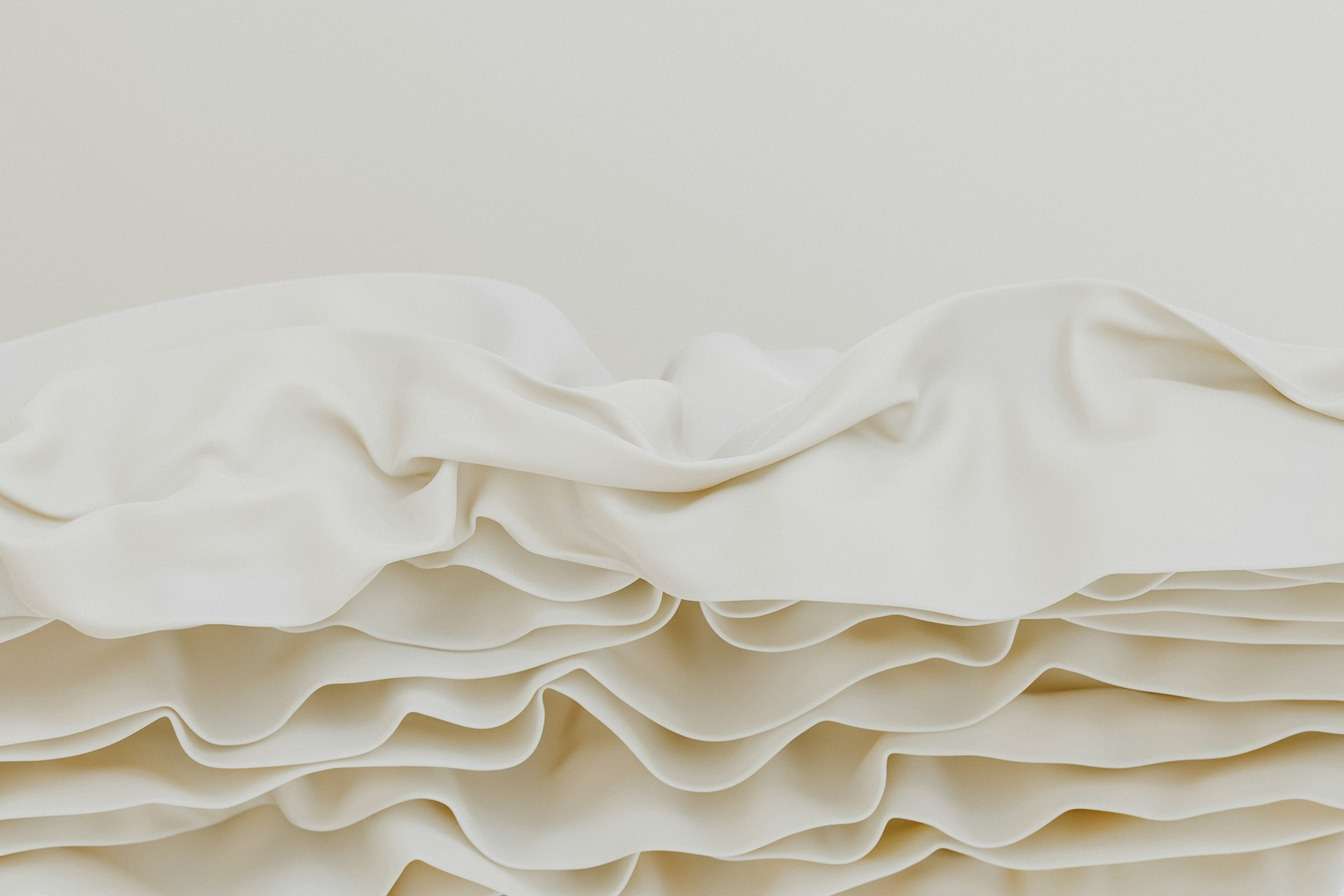The Science Behind Effective Window Displays
Window displays have long been a staple of retail marketing. Walking down a busy street, one can’t help but notice the carefully curated arrangement of products, colors, and props that catch the eye and entice us inside the store. But what is the science behind these effective window displays? What makes them so compelling and irresistibly attractive? In this blog post, we will delve into the psychology and design principles that make window displays truly effective.
First and foremost, it’s important to understand the human brain’s visual processing capabilities. Studies have shown that our brains process visual information much faster than text or verbal cues. In fact, research suggests that the brain can process images in as little as 13 milliseconds! This is why window displays need to be visually appealing and capture attention almost instantly.
One of the key design principles used in effective window displays is the concept of “eye flow.” Eye flow refers to the natural path that the human eye follows when scanning a visual scene. By strategically placing products and props in a window display, retailers can guide the viewer’s eye to specific focal points and highlight key items. For example, placing a mannequin at eye level and surrounding it with complementary accessories can draw attention to a particular outfit or piece of jewelry.
Color psychology is another essential aspect of effective window displays. Different colors evoke different emotions and can have a significant impact on consumer behavior. For instance, warm colors like red and orange are associated with excitement, while cool colors like blue and green create a sense of calm. By leveraging these color associations in window displays, retailers can create a specific mood or ambiance that aligns with their brand identity or the products they are showcasing.
In addition to color, lighting plays a crucial role in the success of a window display. Studies have shown that well-executed lighting can enhance both the visual appeal and the perceived quality of products. By using different lighting techniques, such as spotlights or backlighting, retailers can create depth, shadows, and highlights that make the products stand out and appear more attractive. This is particularly effective when showcasing high-end or luxury items, as the right lighting can create a sense of exclusivity and desirability.
The principle of storytelling is another powerful tool used in effective window displays. People are naturally drawn to narratives and storytelling has been a fundamental communication tool throughout human history. By creating a narrative within a window display, retailers can engage viewers emotionally and create a connection to the products being showcased. This could be as simple as arranging products to tell a visually compelling story or using props and imagery to transport the viewer to a different time or place.
Lastly, it’s important to consider the concept of novelty and surprise in window displays. Humans are naturally curious beings, and we are drawn to things that are new, different, or unexpected. Retailers can leverage this by incorporating unique or unexpected elements in their window displays. This could be through the use of unusual materials, unconventional arrangements, or clever optical illusions. By surprising and intriguing viewers, retailers can create a sense of intrigue and curiosity that entices people to step inside the store and explore further.
In conclusion, effective window displays are a careful blend of art, psychology, and science. By understanding the human brain’s visual processing capabilities, leveraging design principles such as eye flow, color psychology, lighting, storytelling, and incorporating novelty and surprise, retailers can create compelling and irresistibly attractive displays. When done right, these displays not only catch the eye but also engage viewers emotionally and drive them to step foot inside the store. So, next time you pass by a captivating window display, take a moment to appreciate the thought and science that went into creating that visual masterpiece.















